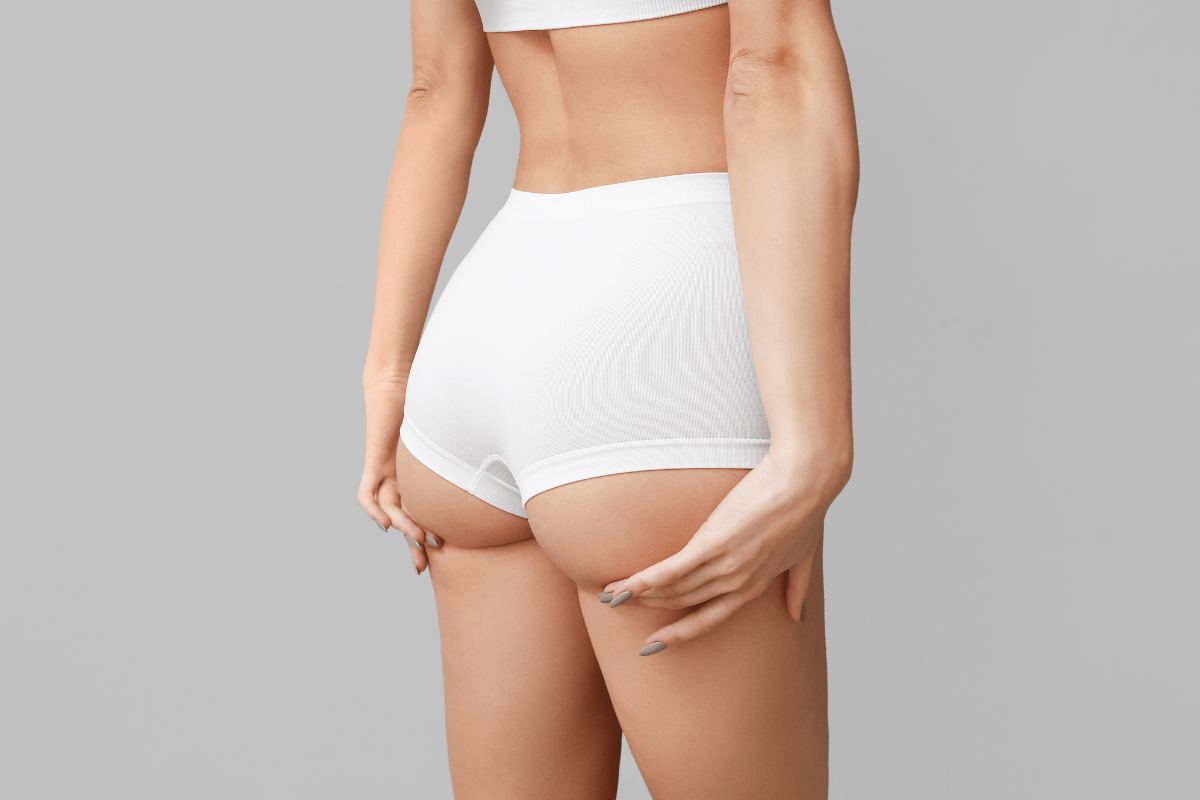
Join now for exclusive pricing & express shipping
Dysport vs Botox. Gia, a passionate beauty enthusiast, fearlessly embarked on her journey into the realm of cosmetic procedures, bidding farewell to her trusted creams. Her inaugural encounter with Botox, guided by the adept hands of a registered nurse and nurse injector, proved to be a revelation. At 30, Gia defied the skeptics who deemed her “too young” for Botox. She discovered this treatment went beyond mere line erasure; it was also a potent preventive measure, especially for those in their late 20s and early 30s. It amazed Gia as she watched the nurse’s expert guidance while the Botox injection points were meticulously marked and administered with minimal discomfort. The results were remarkable, unveiling a smoother forehead and a fuller top lip, thanks to the “lip flip” technique. Gia’s foray into cosmetic enhancements rejuvenated her appearance and broadened her understanding of the constantly developing landscape of aesthetic procedures.
However, the narrative could take an intriguing turn with the emergence of Dysport, a new contender in the cosmetics industry. With promises of longer-lasting effects, Dysport has the potential to revolutionize the field.
In the realm of cosmetic enhancements, the names Dysport and Botox frequently dominate conversations. These treatments have gained significant popularity for their efficacy in reducing wrinkles and fine lines. Nevertheless, they exhibit distinct differences that make each unique. In this comprehensive exploration, we will delve into the intricacies of Dysport vs. Botox, enabling you to make an informed choice that best aligns with your individual needs and desires.
Dysport is an FDA-approved neurotoxin derived from the same protein as Botox, botulinum toxin type A. It temporarily relaxes the muscles responsible for creating wrinkles, thus diminishing their appearance. Dysport has gained recognition for treating dynamic wrinkles effectively, particularly around the eyes and forehead.
Meanwhile, Botox, short for Botulinum Toxin Type A, is arguably the most well-known cosmetic injectable globally. It shares Dysport’s active ingredient but may have different formulations and dosing techniques. Botox is renowned for its efficacy in treating various cosmetic concerns, including crow’s feet, frown lines, and forehead wrinkles.
When considering the efficacy of Dysport, the results are impressive. Some individuals may notice visible improvements as soon as two days after treatment, with effects lasting up to four months. In a study involving 104 patients who received Dysport injections, an impressive 88.5 percent success rate in wrinkle treatment was reported 30 days after the injection. However, it’s important to note that these effects are not permanent, and follow-up injections every few months are necessary to maintain a smooth forehead.
In a 2019 clinical trial by Allergan, the tea assessed the impact and safety of increased doses of Botox for treating severe glabellar lines. They compared 40, 60, and 80 mg doses to the standard 20-unit dosage. After 24 weeks, the study found that 32% of patients who received the 40-unit dosage showed a positive response to the treatment. In the higher dosage groups, the response rates were 30.6% for the 60-unit group and 38.5% for the 80-unit group.
This research showed the safety and acceptability of higher Botox doses, providing interesting evidence that increased dosages can extend the duration of treatment effectiveness for glabellar lines.
The cost of Dysport and Botox treatments can vary depending on factors such as geographic location, provider experience, and the number of units required for your specific treatment area. Dysport is slightly more affordable than Botox per unit; however, it’s essential to consider the total cost of treatment.
While Dysport may be more cost-effective per unit, Botox’s precise muscle-targeting capabilities may require fewer units to achieve the same results. This means that the total cost of Botox treatment may be comparable to or slightly higher than Dysport, depending on your treatment goals and the expertise of your injector.
The choice between Dysport and Botox ultimately depends on your preferences, treatment goals, and budget considerations. Here are some key takeaways:
If quick results and a more natural appearance are your priorities, Dysport may be the better choice, especially if you have a limited budget.
For longer-lasting results and precise control over muscle relaxation, Botox could be the preferred option, even if it is slightly more expensive per unit.
Consult an experienced healthcare provider who can assess your needs and recommend a suitable treatment based on efficacy, cost, and desired outcome.
Remember that both Dysport and Botox are safe and effective treatments when administered by qualified professionals.